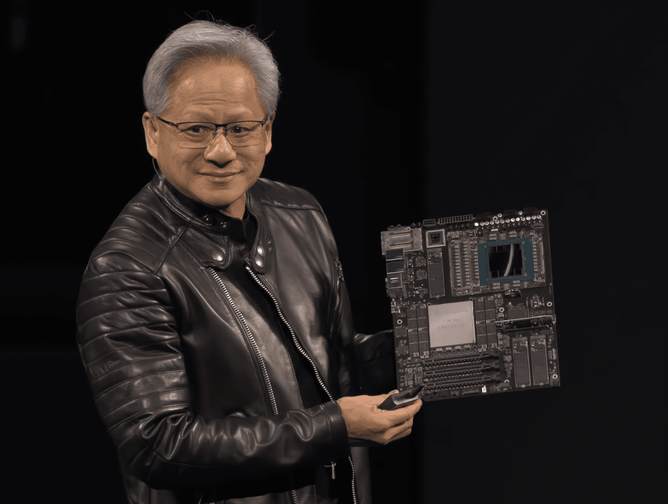In today’s rapidly evolving AI landscape, resource conservation has become a critical concern for data centres worldwide. Nvidia’s groundbreaking Blackwell systems are transforming how these facilities manage operations, delivering an astonishing 300x improvement in water efficiency compared to traditional air-cooled architectures.
This remarkable innovation comes at a crucial time as data centres struggle to balance growing computational demands with environmental responsibility.
The Heat Management Challenge in Modern Data Centres
The computational demands of AI have dramatically increased power density in data centres. Where facilities once operated at 20 kW per rack, today’s hyperscale operations support up to 135 kW per rack.
Consequently, heat management has emerged as a central challenge for operators planning infrastructure upgrades to support intensive AI workloads.
Traditional cooling methods simply cannot keep pace with these escalating thermal loads. As a result, data centre operators are actively seeking more efficient solutions to remove heat from their increasingly dense infrastructure.
Liquid Cooling: The Path to Enhanced Water Efficiency
Nvidia has positioned itself at the forefront of this transition with its GB200 and GB300 NVL72 systems. These cutting-edge solutions incorporate direct-to-chip liquid cooling technology that efficiently transfers heat through specialized cooling loops.
This innovative approach allows data centres to:
- Operate with warmer water temperatures
- Reduce reliance on mechanical chillers
- Achieve substantial cost savings
- Dramatically improve water efficiency
For a 50 megawatt hyperscale data centre, the financial impact is substantial, approximately $4 million in annual cost reductions. Furthermore, the environmental benefits are equally impressive, with water usage dramatically reduced compared to conventional systems.
Four Major Cooling Approaches
According to Nvidia, data centre cooling systems generally fall into four main categories:
1. Mechanical Chillers
These systems use vapor compression cycles to cool circulated water. While reliable across diverse climates, they consume significant energy and increase both operational expenses and carbon footprint.
2. Evaporative Cooling Systems
Leveraging water evaporation to absorb and remove heat, these systems offer better energy efficiency than chillers. However, they consume millions of gallons of water annually per megawatt and perform poorly in humid or water-restricted regions.
3. Dry Coolers
These transfer heat from closed liquid loops to ambient air using finned coils. While eliminating water usage, their effectiveness depends heavily on external air temperature and may require supplemental systems during warmer periods.
4. Pumped Refrigerant Systems
Using liquid refrigerants without large internal compressors, these systems provide thermodynamically efficient solutions for edge deployments and water-constrained environments. They offer power and water savings despite requiring careful refrigerant handling.
Impressive Performance Metrics
The GB200 NVL72 system delivers remarkable improvements across multiple dimensions:
- 40x higher revenue potential
- 30x higher throughput
- 25x more energy efficiency
- 300x more water efficiency compared to air-cooled architectures
For hyperscale operators who typically spend between $1.9-2.8 million per megawatt annually, these liquid-cooled systems can achieve up to 25x cost savings on cooling alone.
Industry Partnerships Driving Innovation
Numerous industry partners are developing liquid cooling infrastructure optimized for Nvidia’s high-density AI systems:
- Vertiv’s reference architecture reduces annual energy consumption by 25%, cuts rack space requirements by 75%, and shrinks power footprint by 30%
- Schneider Electric’s infrastructure supports up to 132 kW per rack, improving energy efficiency and performance
- CoolIT Systems provides 2MW cooling capacity at 5°C approach temperature
- Boyd offers advanced liquid-cooling solutions including distribution units, cooling loops, and cold plates
Exper Editorial Comment
Nvidia continues developing advanced cooling technologies through initiatives like the COOLERCHIPS program.
This Department of Energy-backed effort aims to create modular data centres with next-generation cooling systems projected to reduce costs by at least 5%, improve water efficiency, and boost overall performance by 20% compared to air-cooled designs.
As AI workloads continue to grow in both scale and intensity, Nvidia’s liquid cooling innovations provide a sustainable path forward.

